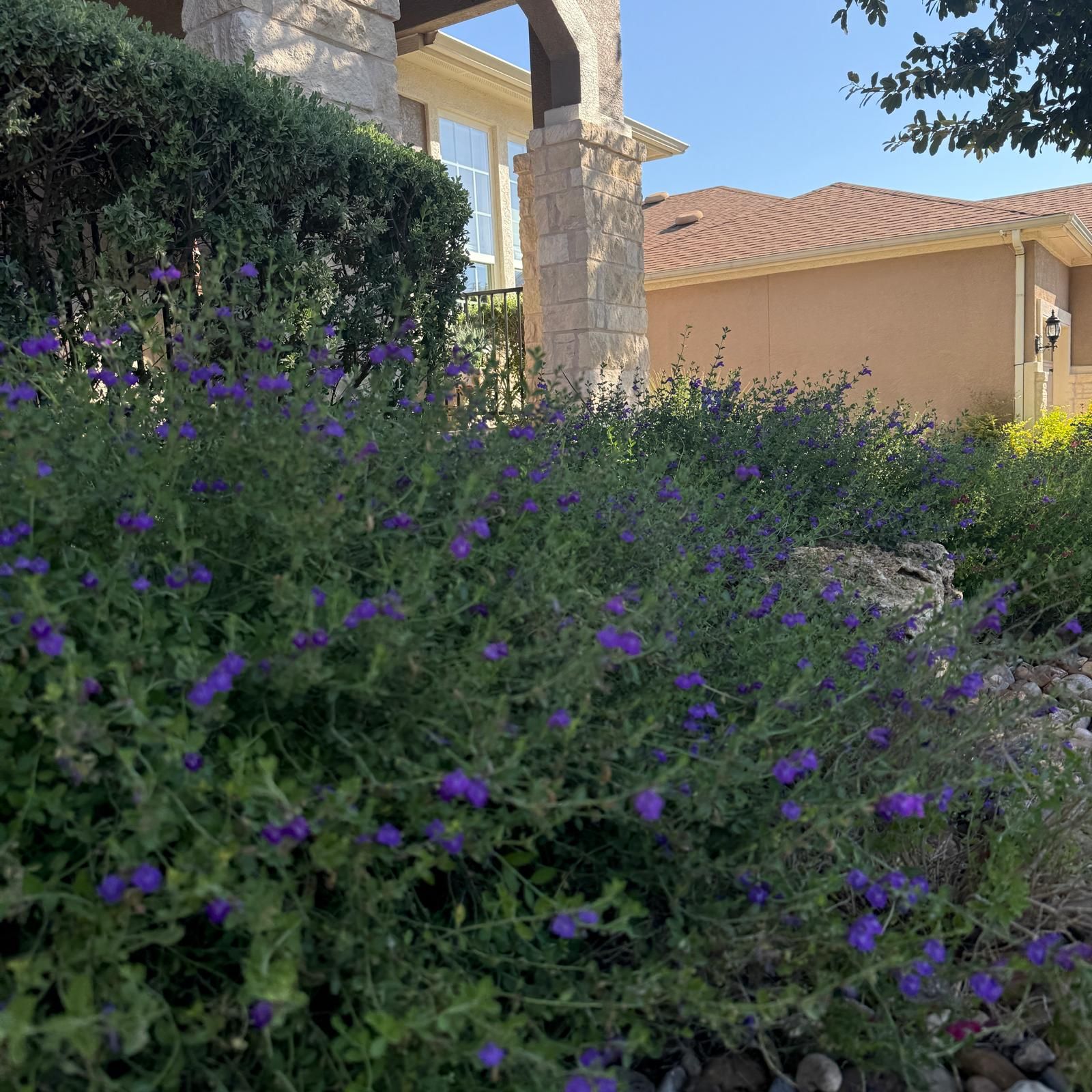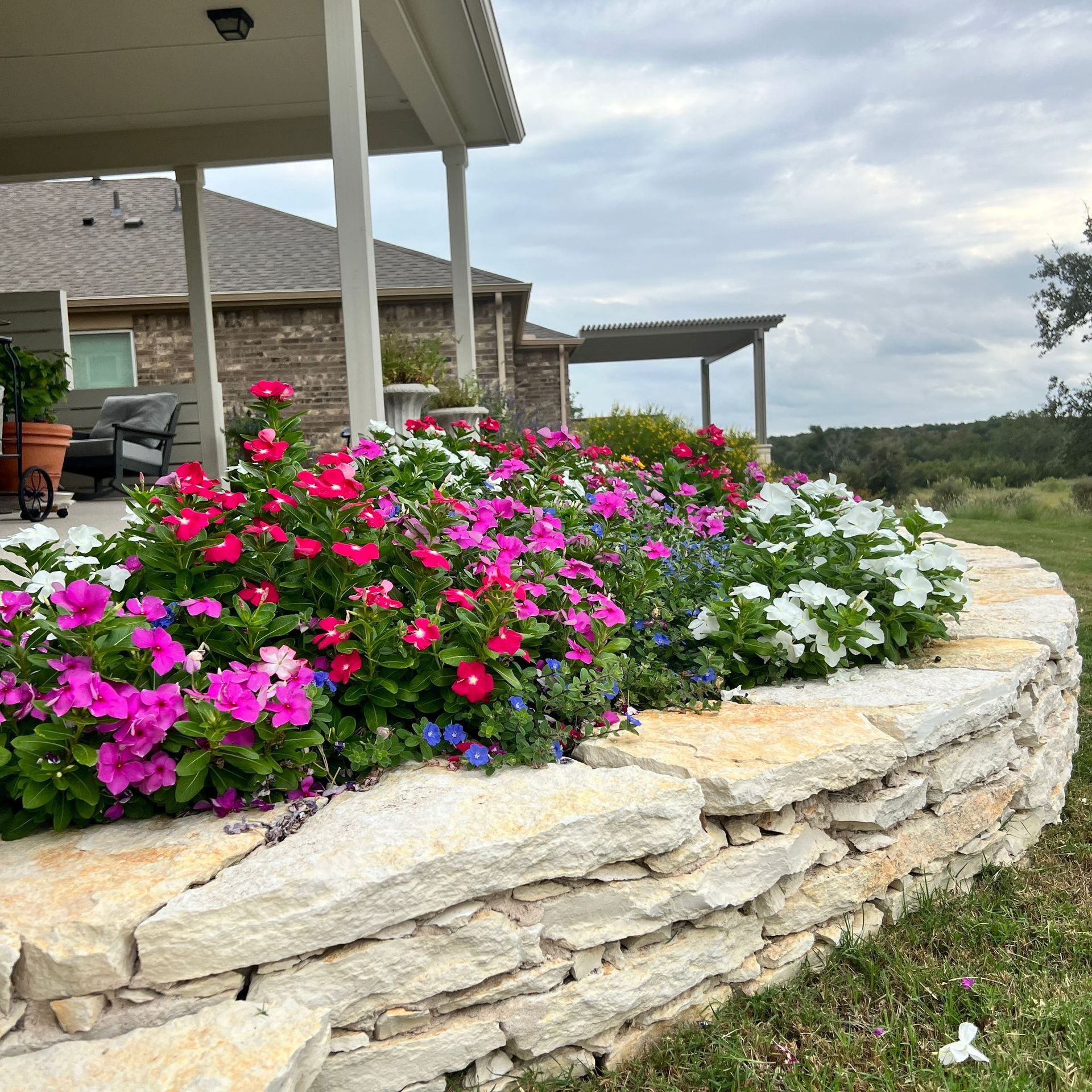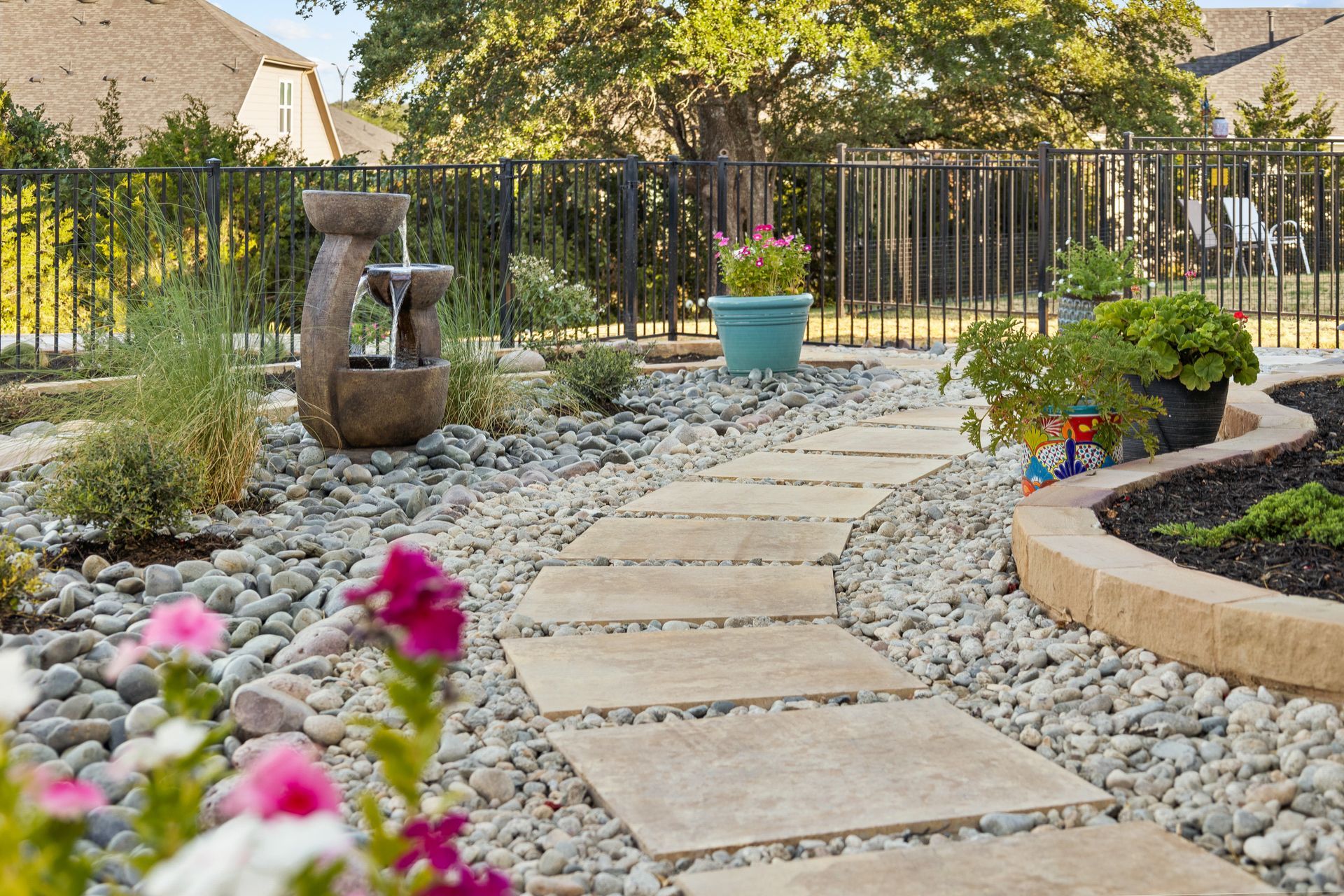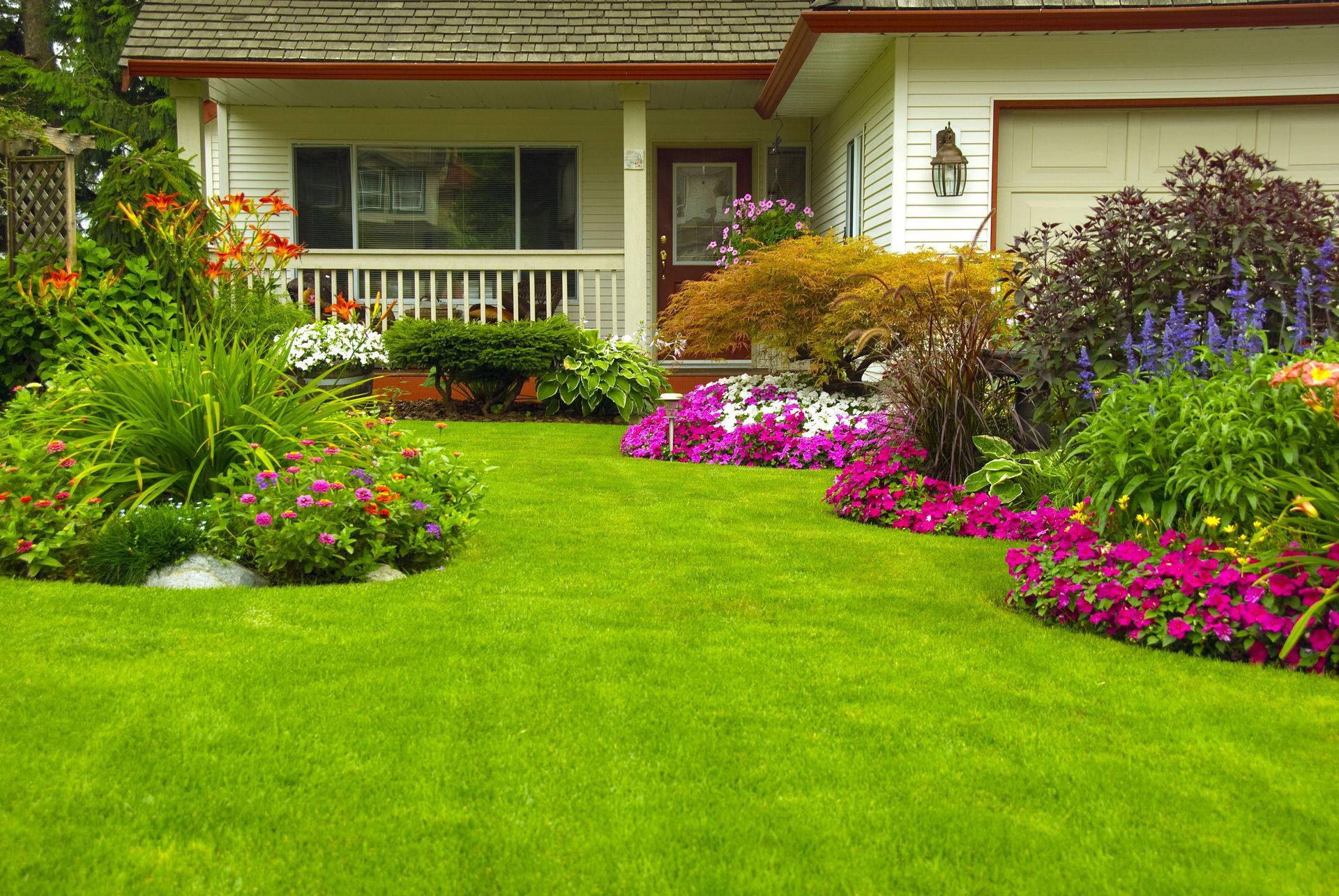Building a Sustainable, Stunning Texas Landscape

Creating a Texas landscape that is both beautiful and sustainable starts with choosing the right plants. Native plants are an excellent choice because they’re perfectly adapted to the state’s unique climate and soil. Not only do these plants handle Texas’ often harsh conditions—like extreme heat, drought, and unpredictable weather—they also require less water, fewer chemicals, and less maintenance than non-native species. Plus, they support local wildlife, from butterflies to hummingbirds.
Why Choose Native Plants?
Here are some of the top reasons why native plants should be at the core of your Texas landscape:
- Low Water Requirements: Native plants are made for Texas weather. They need less water because they’re accustomed to dry spells and occasional downpours, which means they’re great for conserving water and keeping your utility bills low.
- Pest Resistance: Since native plants evolved to handle local pests, you won’t need as many pesticides. They naturally fend off insects and diseases, reducing the need for chemical treatments, which is better for the environment and for your peace of mind.
- Wildlife Support: Whether you love spotting birds or enjoy having butterflies visit your yard, native plants are an essential part of a thriving ecosystem. They provide food, shelter, and breeding habitats for local wildlife, contributing to the biodiversity of your area.
Top Native Plants for Texas Landscapes
If you’re ready to dive into native planting, here are some of the best options for Texas:
- Texas Sage (Leucophyllum frutescens): Known for its silvery foliage and stunning purple flowers, Texas Sage is a drought-tolerant shrub that can handle the summer heat without missing a beat. It blooms in response to humidity, adding a pop of color to your landscape.
- Blackfoot Daisy (Melampodium leucanthum): This small, charming perennial features white daisy-like flowers that bloom from spring through fall. It thrives in full sun and dry soil, making it an excellent choice for low-water landscapes.
- Mexican Feather Grass (Nassella tenuissima): If you’re looking to add texture and movement to your garden, Mexican Feather Grass is a graceful, drought-tolerant ornamental grass. Its delicate, wispy blades wave beautifully in the breeze, adding an elegant touch.
- Red Yucca (Hesperaloe parviflora): With striking red flower spikes and evergreen foliage, Red Yucca is not only visually appealing but also a magnet for hummingbirds. This low-maintenance plant thrives in full sun and can tolerate drought, making it a perfect fit for water-conscious gardens.
- Soft Leaf Yucca (Yucca recurvifolia): This hardy plant features long, arching leaves that add a dramatic touch to your landscape. Soft Leaf Yucca is drought-tolerant and can thrive in various soil types, making it a versatile choice for any garden.
- Texas Sotol (Dasylirion texanum): Known for its unique, spiky appearance and tall flower stalks, Texas Sotol is an excellent choice for adding visual interest to your landscape. This drought-resistant plant thrives in full sun and attracts pollinators, making it both beautiful and beneficial.
Additional Options to Consider:
- Purple Coneflower (Echinacea purpurea): Known for its bold, pinkish-purple flowers, this hardy perennial attracts pollinators like bees and butterflies while handling heat and drought with ease.
- Cedar Sage (Salvia roemeriana): A favorite for shady areas, Cedar Sage produces brilliant red blooms that brighten up any garden, and it’s an excellent choice for attracting hummingbirds.
Incorporating native plants into your landscape is not only a smart choice for water conservation and low-maintenance gardening but also a way to enhance the natural beauty of your space. These plants are resilient, colorful, and supportive of the local ecosystem. By choosing species that are well-suited to Texas’ climate, you’ll enjoy a thriving garden that’s easy to care for and environmentally friendly.












Share On: